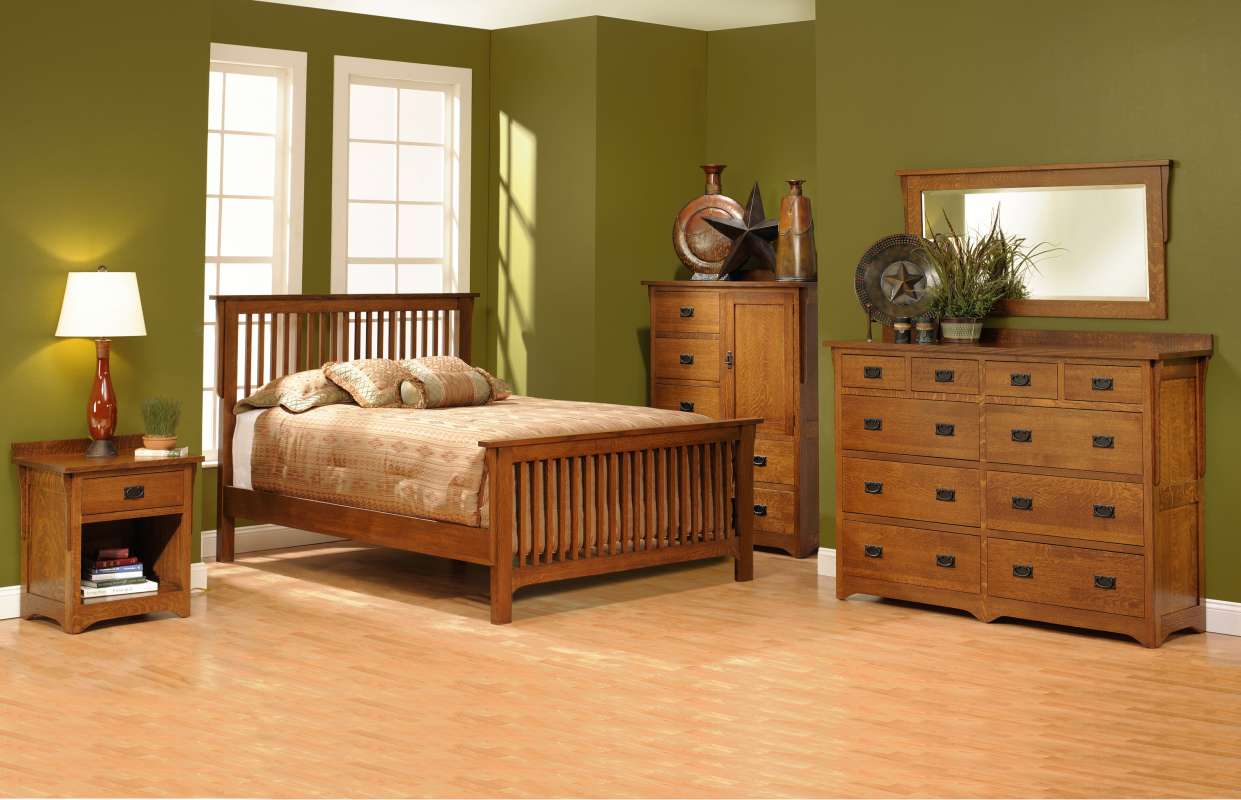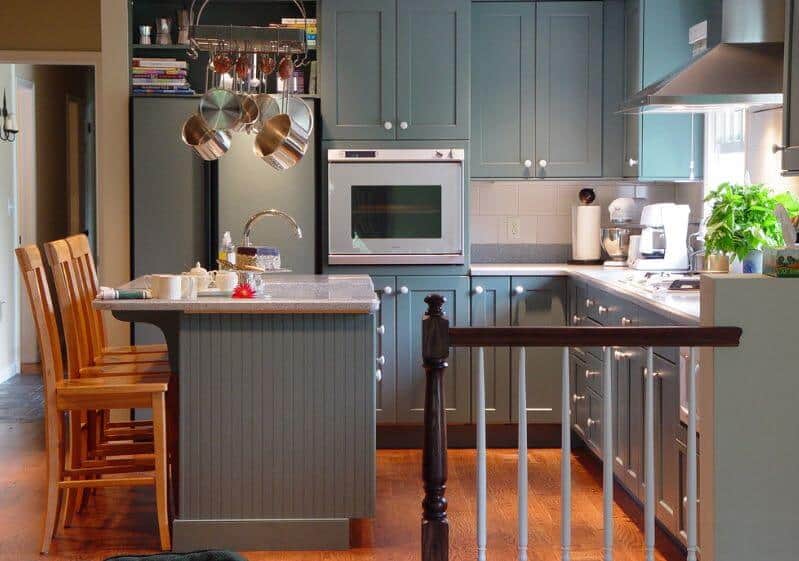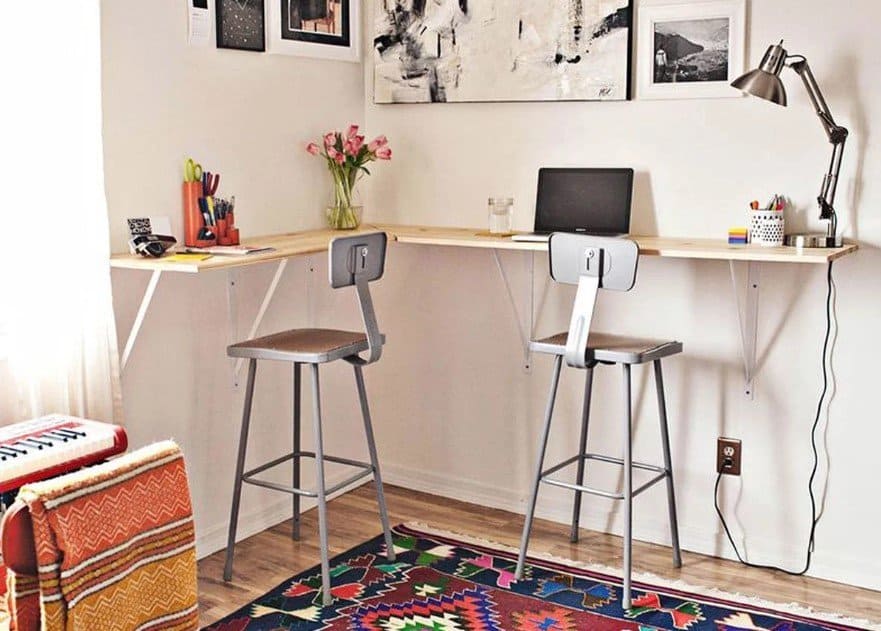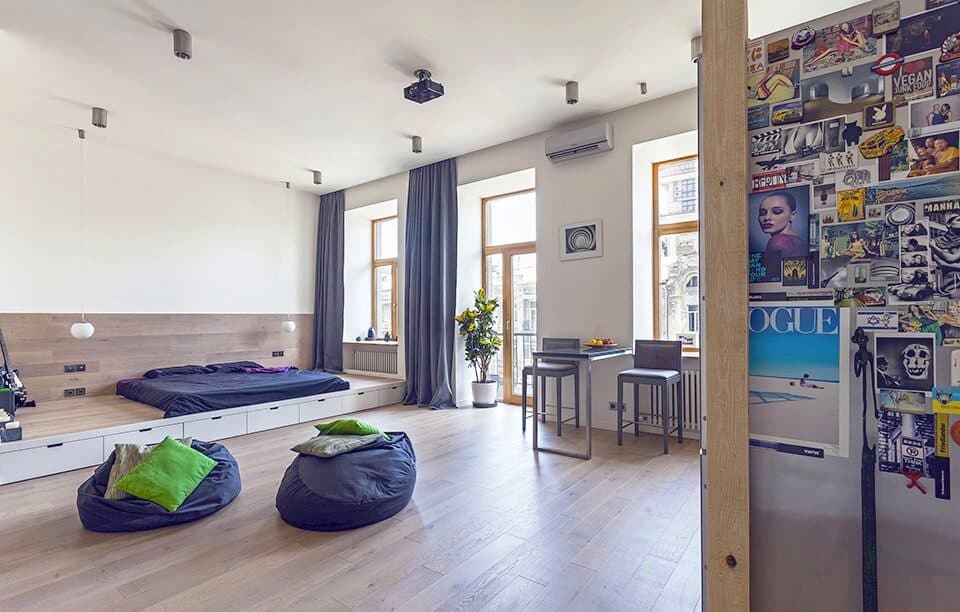When our surroundings are filled with physical mess and disorder, our mental state also suffers greatly. The presence of clutter and chaos overwhelms us and dampens our motivation.
If your home has been taken over by clutter, it might seem daunting to make a change, but that’s not true! Although it may be challenging to begin, making small changes can accumulate and make a significant impact on reducing clutter.
A helpful approach to tackle the overwhelming disarray is to address one room at a time.
Unsure how to proceed?
We have a concise guide to decluttering your space in an environmentally conscious manner, allowing you to destress without harming the planet.
1. Bedroom

It’s not unusual for bedrooms to become a dumping ground for various things. From clutter and clothes to unopened mail and unread books, our bedrooms often accumulate a lot of unnecessary items. That’s why it’s essential to start decluttering from our bedrooms.
Clutter in the bedroom can lead to stress, which in turn can disrupt our sleep and contribute to insomnia and other sleep-related issues.
To declutter your bedroom in an environmentally friendly manner, follow these steps:
- Clear off all surfaces except for a few carefully chosen decorative pieces. Box up the remaining items and store them in your attic. Every few months, rotate through the stored items.
- Use organic and recyclable cleaning supplies to maintain an eco-friendly approach while keeping your decluttered space clean.
Your bedroom should be a peaceful sanctuary. Eliminating clutter will help you feel more relaxed and promote a good night’s sleep, which is vital for your well-being.
2. Living Room

Don’t let clutter take over your living room, which should be a space for living, not for accumulating mess.
It’s meant to be a place where you can enjoy the company of loved ones, relax with a good book, or watch your favorite shows. However, when clutter dominates the room, it becomes unwelcoming to both yourself and guests.
Decluttering often starts with eliminating unnecessary furniture. We typically associate clutter with small items like shoes, papers, or books piled on tables. But clutter can also result from occupying space with furniture that serves no purpose.
Begin by assessing if there are tables, chairs, or electronics in your living room that are just taking up space without adding any value. Here’s what you can do:
- Donate couches, chairs, tables, and other furniture to thrift stores that support charitable causes. This way, you can give your unwanted items a new life while helping others.
- Stay environmentally conscious by recycling old TVs, radios, VCRs, DVD players, and video game consoles. Locate the closest drop-off site in your city through a quick online search.
- Give old furniture a fresh look and purpose through upcycling. Apply a new coat of paint or repurpose it creatively. Upcycling is a highly eco-friendly approach that prevents items from ending up in landfills. For example, you can transform an old dining room table into a stylish coffee table by sawing down its legs or turn an unused ladder into a unique bookcase.
By decluttering your living room and adopting these eco-friendly practices, you can create a more inviting and enjoyable space for yourself and your guests.
3. Kitchen

The kitchen holds the essence of a home, serving as a gathering place for families and friends. It’s not just a space for meal preparation; it’s where conversations and connections are fostered over shared food.
However, when your kitchen is overwhelmed by clutter, that sense of community can become awkward and uncomfortable, or worse, it may diminish entirely.
Decluttering your kitchen revolves around efficient storage solutions.
To create more space in your kitchen, try these tips:
- Use sticky notes: Place seven sticky notes on each item on your countertops. As you use something each day, remove a sticky note. At the end of the week, any item still marked with seven notes should be stored away.
- Take inventory: Assess your kitchen supplies and identify items that you have duplicates of. Often, one item is sufficient instead of having multiples. Clear up valuable counter space by donating or selling these extra items.
- Declutter drawers: Organize your drawers by placing frequently used items in the top drawers and less frequently used ones in the bottom. Every week, go through the bottom drawers and find one or two items that haven’t been used in a while. Before discarding them, check if they are recyclable (look for the symbol of three arrows chasing one another in a triangle on the bottom). If they can’t be recycled, consider starting a donation box and drop off the items at the end of the month.
Maintaining cleanliness in the kitchen is crucial, given the handling of raw meats and food particles. Clean something in your kitchen every day to ensure a hygienic environment. For a safer approach, you can create your own chemical-free cleaning products using household items like vinegar and baking soda. Additionally, most major grocery store chains offer environmentally friendly cleaning products that you can purchase.
Remember, a clean and organized kitchen not only enhances space but also promotes the well-being of your family.
4. Home Office

Behold, the grand finale is here, dedicated to the sanctuary of productivity known as the home office. It’s a notorious fact that among the various chambers within a household, the home office reigns supreme in terms of clutter and disarray.
Amidst piles of letters and documents, coupled with drawers that have become havens for miscellaneous items, our cherished home offices have evolved into spaces so suffocating that their intended purpose of facilitating work has become a distant dream.
Maintain a well-organized and clutter-free workspace with these tips:
- Safeguard important paper documents by digitizing them and storing them securely in the cloud. Consider shredding the physical copies afterward. You can recycle the shredded paper or repurpose it as compost. However, exercise caution to avoid shredding essential documents that you may need to access manually, such as birth certificates and degrees.
- Utilize baskets or bins with lids to store items that you need to keep but don’t frequently use. Opt for aesthetically pleasing or stackable storage containers to maximize space efficiency.
- Establish a designated mail station to manage incoming and outgoing mail. Allocate separate folders, bins, or baskets for each category, such as priority bills, receipts, and more. Regularly go through these compartments every few days to complete tasks and discard unnecessary items.
